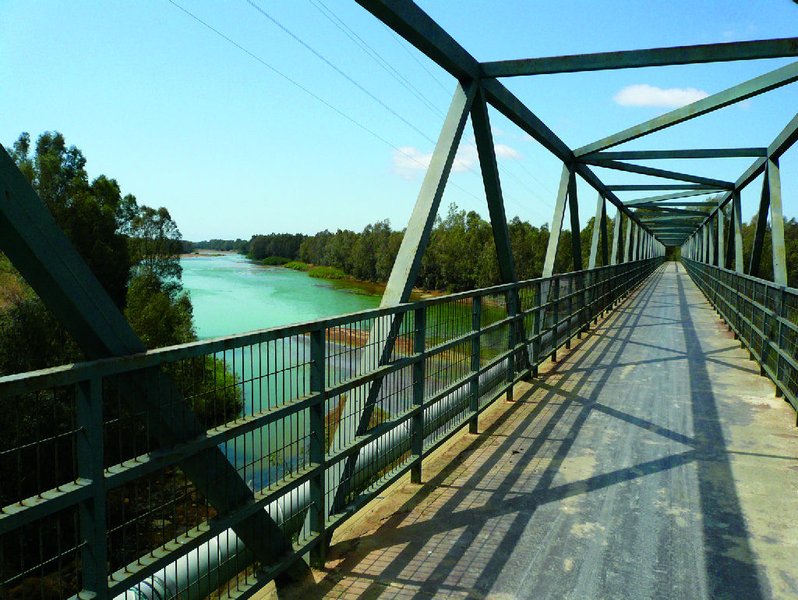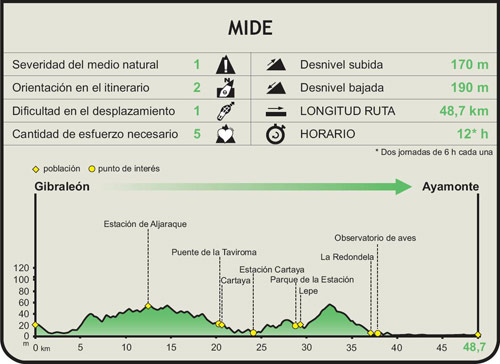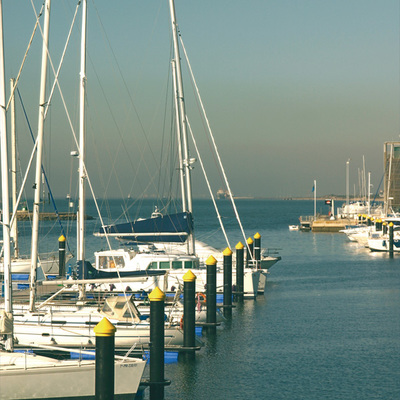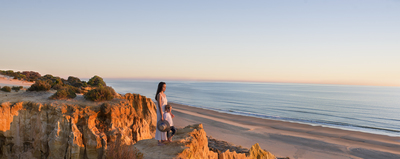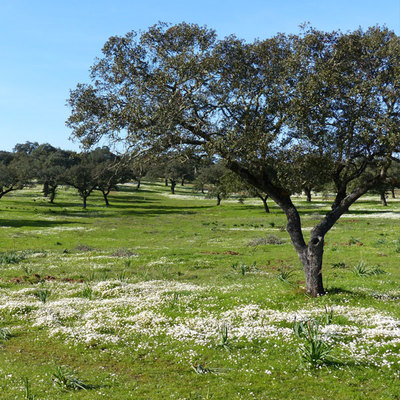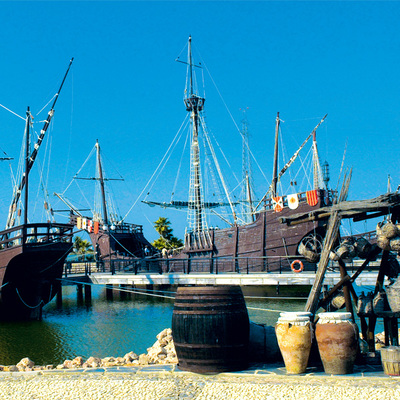Vía Verde of Litoral

From the banks of the Odiel to the Portuguese border of the Guadiana, crossing a valuable natural area of marshland, where pink flamingos build their nests.
This route, which runs parallel to the coast that links Huelva and Ayamonte, uses the old railway line designed to transfer fish from Isla Cristina and Lepe to Madrid, and the minerals from El Andévalo to the coast. This fishing train had a very strategic importance for the scare food supplies in Castilla during the difficult post-war years. It must be pointed out that the state of conservation of this track does not meet the standards of the Programme.
The Vía Verde Litoral runs alongside the entire stretch of the old railway track, which was closed in 1987 after being in service for more than 50 years, and passes through the towns of Gibraleón, Cartaya, Lepe, La Redondela, Isla Cristina and Ayamonte, alongside the Nature Reserves of Marismas del Odiel, Marismas de Ayamonte and Isla Cristina, and the Marshes of the Río Piedras and the Flecha del Rompido.
The route starts from the Gibraleón station, which is a stop that is no longer in operation, although the Huelva-Zafra train still uses these tracks. The start of the route is perfectly signposted from the calle de la Estación street, crossing a bridge over the Odiel river, which has exceptional views of the village and the course of the river.
The Odiel could be sailed down in the past up to this point, which was where boats with goods from the area used to depart from, mainly with oranges, oil and almonds from the surrounding fields and vegetable gardens, to the port of Cadiz.
As you continue, the orange and olive trees which dominated the landscape are replaced by cork trees and lentiscus, myrtle and cistus busges, and you can see robins, tits, chickadees and sparrows.
If you continue along the route you will come to the Puente del Tavirona bridge, which crosses the Piedras river with some of the most beautiful views of the route. Pine forests and cork oaks accompany the excursionist to the village of Lepe. On this short section the ground is sandy and makes it difficult for mountain bikers.
On leaving Lepe, the ground, which is once again sandy, can only be covered on foot for almost four kilometres. Again, the route passes through crops, mainly oranges and strawberries, until reaching the La Redondela station, which is currently used as a sports centre.
Somewhat further on you will come across the Laguna del Prado lake, now occupied by crops. You will then cross a road that leads to Huerta Noble, an agro-industrial complex from the 18th century crosses, where you can see a columbario which has been declared of Ethnographic Interest. The dovecote, the largest in Western Europe, can house 36,000 dove nests.
From here on the landscape undergoes a radical change until reaching Ayamonte, where it runs between marshes that form part of the “Marshes of Isla Cristina Natural Park".
Further on you will come across the “El hombre y la marisma” (Man and marsh) Interpretation Centre, set in a refurbished tidal mill which is a very interesting place to visit, as it shows the different ways of taking advantage of this ecosystem.
The Vía Verde del Litoral runs through three marshes along the Huelva coast, declared as Protected Nature Areas and SPAs (Special Protection Areas for birds) These three spaces have a similar origin as they are associated with the mouth of a fluvial channel, whilst the Atlantic tides have a major influence on them. The large productivity in this type of ecosystem, together with its location, make these areas a particularly important place for reproduction, as well as being essential for the migration and hibernation of many birds, mainly mud-dwelling birds such as the spine-tailed swift, avocets, seagulls, ruffs and sandpipers, and others such as terns, grebes, ruddy shelducks, spoonbills, pink flamingos and countless species that are bound to delight any bird watcher.
Managing Body: Consortium for Sustainable Tourism of the Western Coast of Huelva

